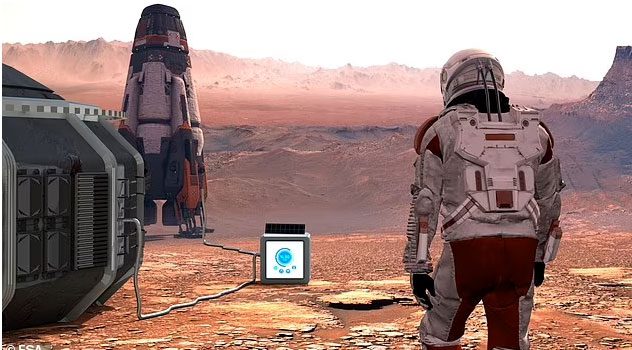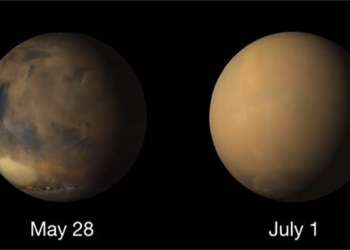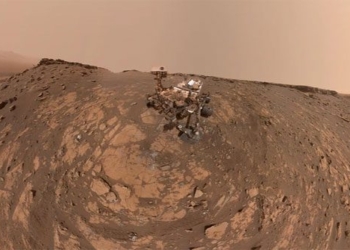Engineers are researching a system to convert astronauts’ urine into fuel on Mars by harnessing solar energy.
This sounds like the plot of a science fiction movie, but if humans are to live on Mars, it means making the most of all available resources, including urine.
To achieve this goal, scientists have recently come up with the idea of a system that uses sunlight to produce fuel from urine.

A reactor powered by sunlight and astronauts’ urine.
Initially, scientists will conduct experiments with astronauts on missions to explore Mars.
The fuel needed to operate the first reactor that produces fuel on Mars will utilize the planet’s atmosphere, which is 95% CO2.
The reactor harnesses energy from sunlight and astronauts’ urine. Jean-Christophe Berton, a technical official at the European Space Agency (ESA) for this project, stated: “The results of the experiment provide valuable input on fuel production on Mars.”
A team from the Spanish technology center Tekniker is working on the research for this system.
The American space agency NASA plans to send humans to Mars in the 2030s.
One of the biggest challenges for a manned mission to Mars is the pressure to transport 30 tons of methane and liquid oxygen to power the rockets for the return journey, estimated to cost around $8 billion.
Currently, there are several ideas for producing fuel for spacecraft right on the Red Planet.
In October 2021, researchers at the Georgia Institute of Technology proposed a method to use natural resources found on the Martian surface to cultivate bacteria, which can be converted into fuel.
Giant optical reactors on Mars use sunlight and carbon dioxide to produce cyanobacteria to create sugars. E. coli bacteria transported from Earth will convert these sugars into rocket propellant specifically for Mars.
In 2020, a research team from Washington University in St. Louis also developed a system that converts unusable saline water on Mars into fuel and oxygen.





















































